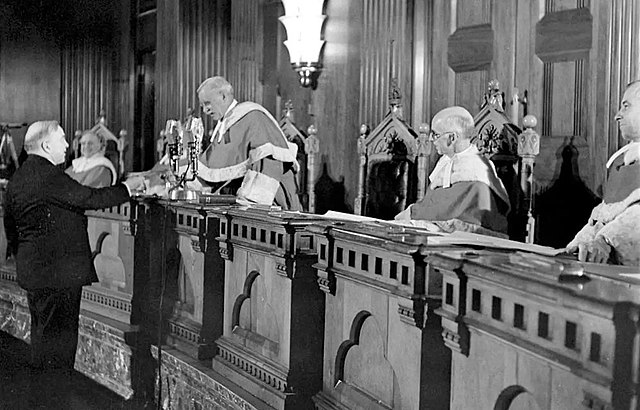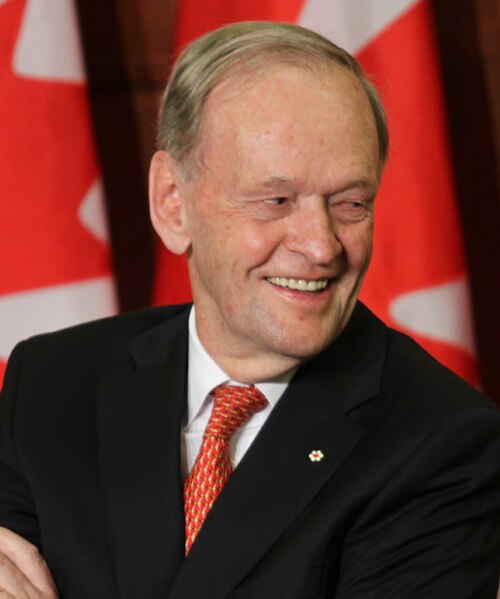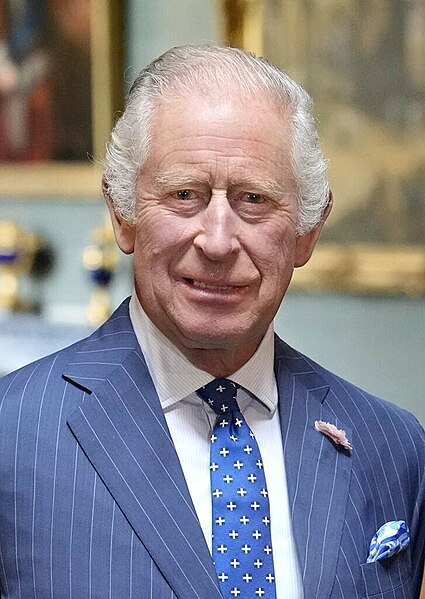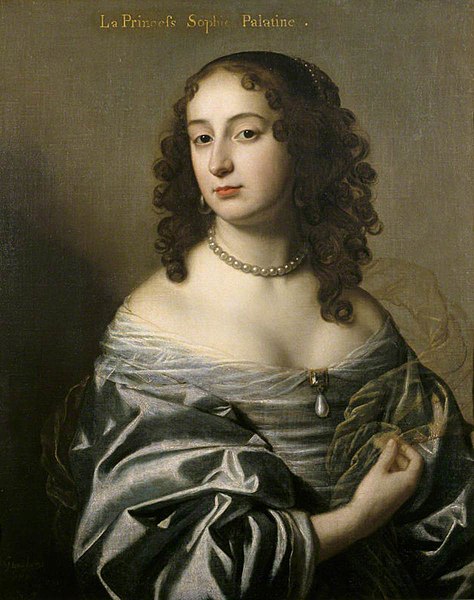Oath of Citizenship (Canada)
The Oath of Citizenship, or Citizenship Oath, is a statement recited and signed by those who apply to become citizens of Canada. Administered at a ceremony presided over by a designated official, the oath is a promise or declaration of fealty to the Canadian monarch and a promise to abide by Canada's laws and uphold the duties of a Canadian citizen; upon signing the oath, citizenship is granted to the applicant.
Prime Minister William Lyon Mackenzie King becomes the first person to take the Oath of Citizenship, from Chief Justice Thibaudeau Rinfret, in the Supreme Court, 3 January 1947
Recent recipients of their Canadian citizenship at the end of a citizenship ceremony, with the citizenship judge, a Canadian flag, and, in the background, a portrait of Queen Elizabeth II and a bas-relief of the Royal Coat of Arms of Canada
Former Prime Minister Jean Chrétien, who in 1994 closed a government project to alter the Oath of Citizenship
A niqāb of the type worn by Zunera Ishaq and for a short period disallowed for Canadian citizenship candidates reciting the Oath of Citizenship
The monarchy of Canada is Canada's form of government embodied by the Canadian sovereign and head of state. It is one of the key components of Canadian sovereignty and sits at the core of Canada's constitutional federal structure and Westminster-style parliamentary democracy. The monarchy is the foundation of the executive (King-in-Council), legislative (King-in-Parliament), and judicial (King-on-the-Bench) branches of both federal and provincial jurisdictions. The current monarch is King Charles III, who has reigned since 8 September 2022.
Monarchy of Canada
A Royal Canadian Air Force Royal Flight, used to transport the Duke and Duchess of Cambridge during their 2011 royal tour of Canada.
Sophia, Electress of Hanover, from whom heirs to the throne must directly descend
A memorial procession in Ottawa before the national commemoration ceremony for the death of Queen Elizabeth II








